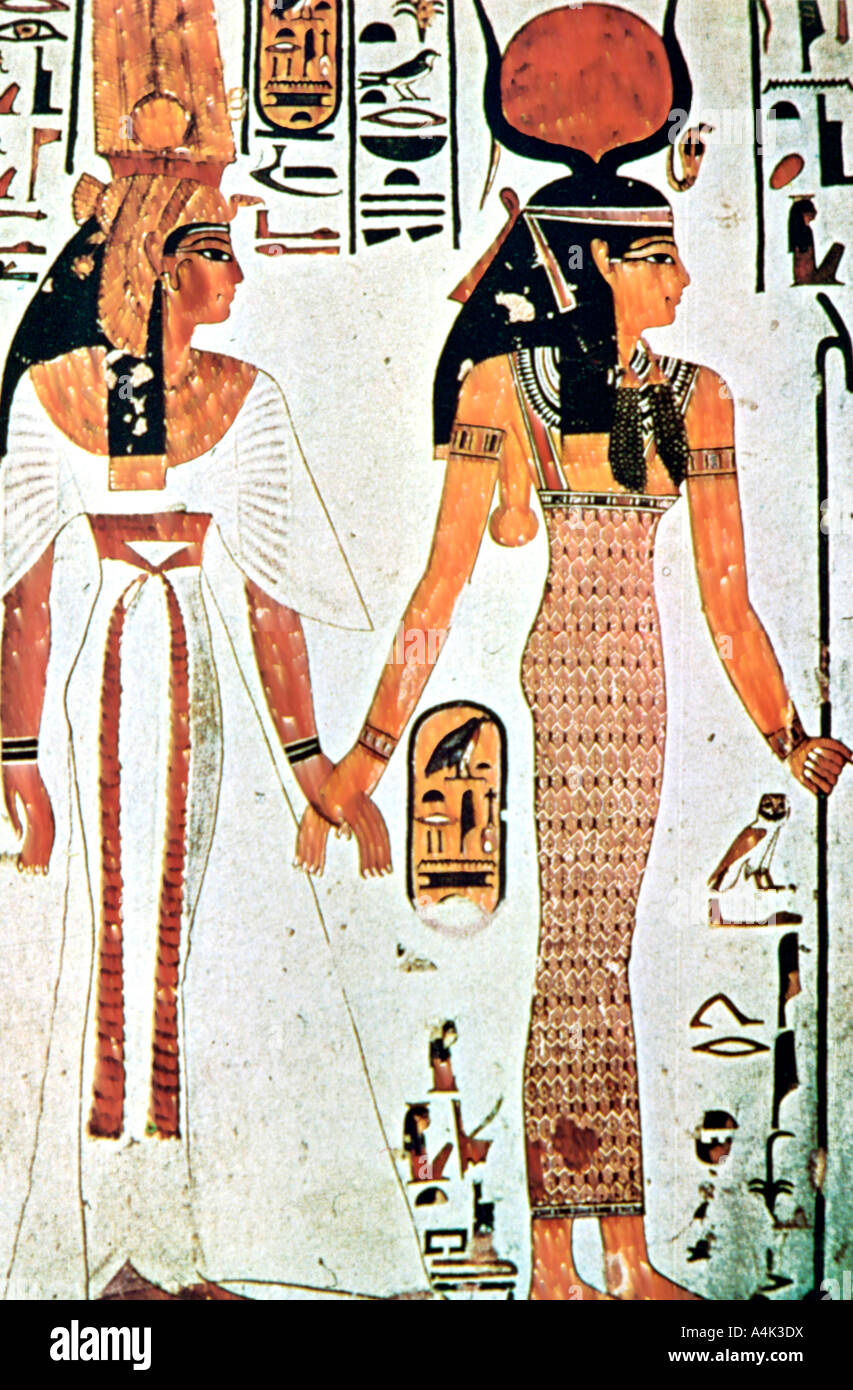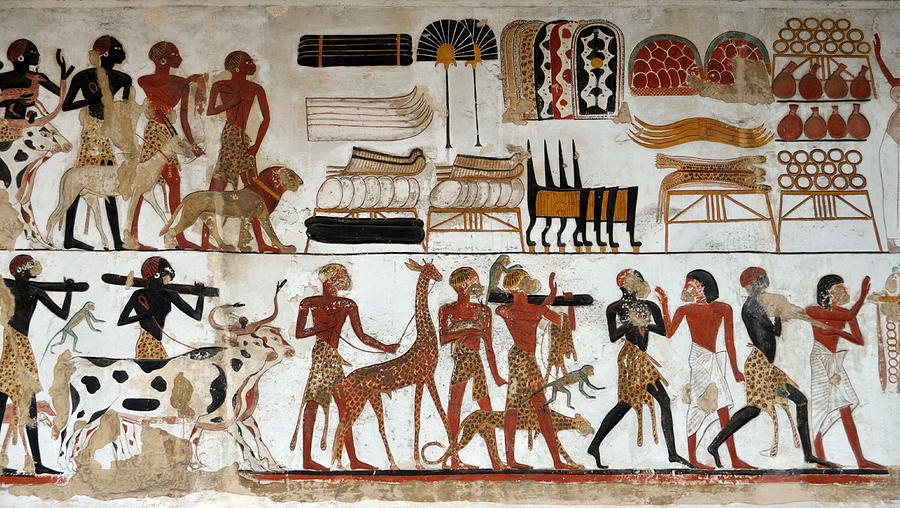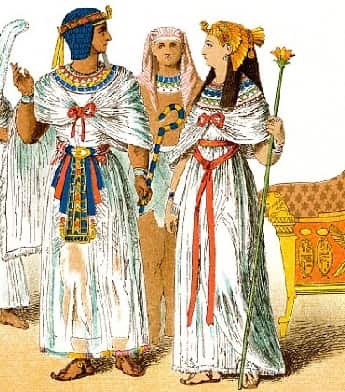Chapter 1: Evolution of writing (35000 BCE)
Lecture Summary
Our communication as humans started through cave paintings and overtime has evolved from from simple images to more efficient systems involving symbols and characters. As we grow as a society, it is important to consider the best ways we can all communicate with one another. Pictographs are easy to interpret but subjective and while a standardized writing system is more sophisticated to learn, it leads to clearer understanding. The two known kinds of rock art were pictographs and petroglyphs while the earliest forms of writing included Cunieform, Indus script, and Egyptian Hieroglyphics. The population in Egypt, whose system was characterized by 700 unique images, singled itself as one deliberately isolated their language from others as a way of protecting their culture. Towards the east of the world, the Chinese had bone-and-shell script. (Chiaku-wen) (1800-1200 BCE) as the earliest of East Asian langauges. In contrast to the Egyptians, the emperor Qin Shu Huang unified China in how he adapted the differing scripts throughout the country and made it into one, Kanji. He realized the importance of communication and the efficiency of 1 language for all. Today, although mandarin Chinese and Cantonese use different spoken words, their characters remain the same. In Japan, society has adopted Kanji as well as Hiragana and Katakana to round out their individual language. On the other hand, King Sejong in Korea made it so a single system of 28 letters would be used and this happened as early as 1446. Overall we can see how through time, populations throughout the world have changed how they communicate from other countries or eras, adapting in ways that best suit them
Egyptian Fashion
Costume 3000-300 BE
Earliest records of Egyptian costume date back to 3000 BC and since then have undergone many changes during the time until now in modern-day interpretation. Throughout time, however, the role of societal roles in fashion remain a constant.
Historians are able to identify their fashion through their wall painting, however, it is likely they did not always depict them accurately. In the 1920’s, King Tutankhamen was excavated and discovered not to have the same fashion depicted in paintings. These included multicolored fabrics and elaborate sandals. But this could be due to both his high status role as well as simplified artist renditions.
Similar to most ancient civilizations, fashion was determined by classes. As society evolved, dressing became a way of conveying one’s wealth and power as Egyptians did not dress for warmth in the country’s climate. The rich dressed up in extra garments and accessories while the poor possessed the bare minimum. Male laborers wore simple loin clothes and a schenti (wrapped skirt worn by men, usually short and fitted close to hips) while costume historians describe the sheath dress as a common outfit for all classes of women. Lower class girls or dancing girls were nude except for wore a small cloth over genitals. High society wore capes and additional covers made from leopard and lion skin. Since most of Egyptian clothing was made to be wrapped around body sashes helped hold everything in place, especially men.In upper class sashes were the only visual key of color and ornaments other than jewelry.
Nevertheless, clothing for everyone was simple and required minimum sewing. As such, social status was shown and felt in the material. Linen, the fiber most used by Egyptians is cloth made from stems of flax plants and wool, which was considered unclean, was only used for outer garments and cheaper items. Moreover, jewelry was worn frequently and heavily adorned all limbs and hair, contrasting against their simple white colored garments. Gold jewelry was prized by the egyptians and readily available while silver and glass were also used but imported. Additionally, semi precious stones were added and made into round stretched collars.
Common symbols are seen in their jewelry because of their faith in religion and magic, they believed representing them would project the entity’s good energy. The scarab is a beetle symbol symbolized the sun god and rebith, the uraeues (cobra) represents lower Egypt and the vulture represented upper Egypt, lastly, the Eye of Horus is a stylized human eye for the moon.

https://www.alamy.com/stock-photo-nefertari-and-isis-ancient-egyptian-wall-painting-from-a-theban-tomb-11068117.html

2-egyptian-wall-painting-of-temple-of-beit-el-wali-ricardmn-photography

https://www.pinterest.ca/pin/605171268649756527/
Additional Accessory Notes For Design Spread
Hairstyles, makeup and tattoos– Tattoos were religious motifs/symbols, only evident in women.
Hair– Men clean shaven but were able to wear wigs and grew beards as a sign of maturity/status (depicted in paintings and sculptures), Expensive wigs were made of real hair , cheap ones made of wool, flax, felt, wigs were made for headress and much was symbolic/ceremonial.
Footwear– high status wore sandals, poor went barefoot.
Cosmetic– both men n women decorated eyes, lips and skin with red+gum resin/fat, Clean nails were pigmented
Through these examples, we can see that Egyptian fashion is similar to its Greek and Roman counterparts in how its fashion from person depends on that persons wealth and statues. In contrast, it’s costume overall relies of non-coloured fabrics, finding most of its colour on accessory.
Tortora, Phyllis G. and Sara B. Marcketti. Survey of Historic Costume. New York, NY : Fairchild Books, an imprint of Bloomsbury Publishing Inc., 2015
